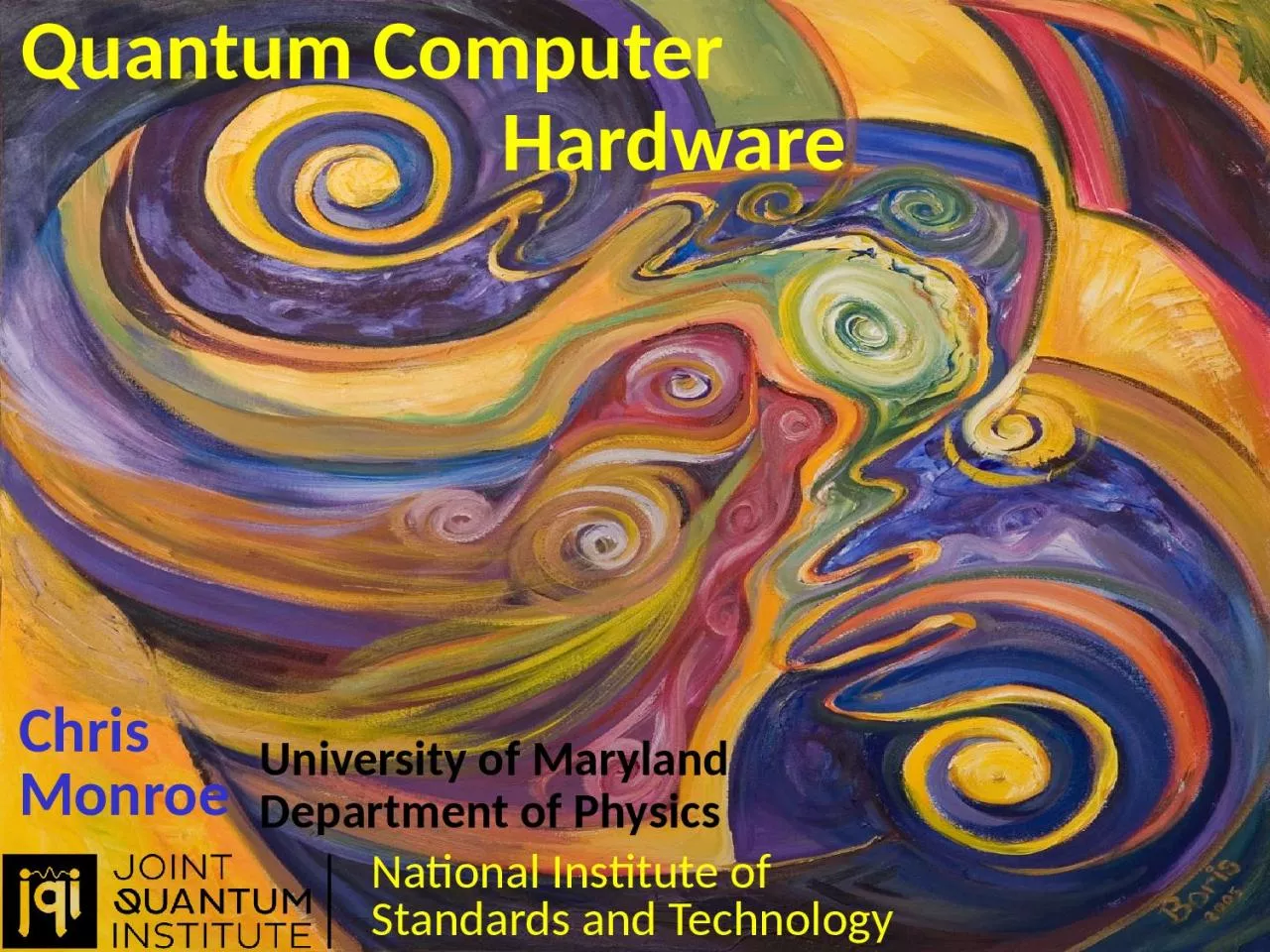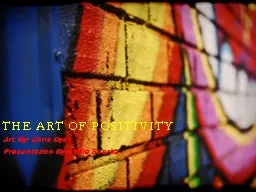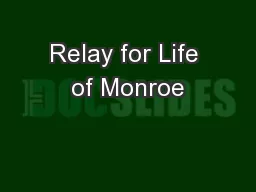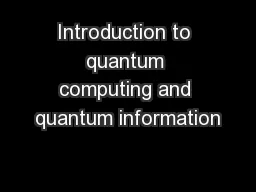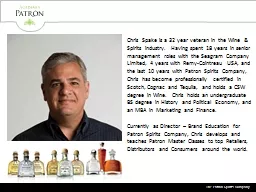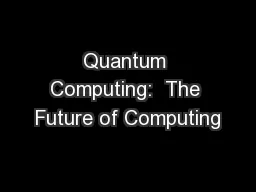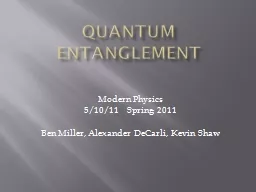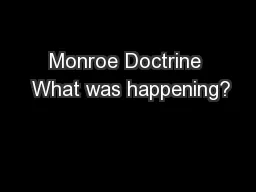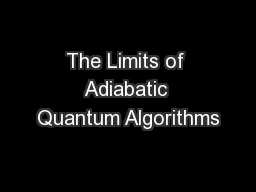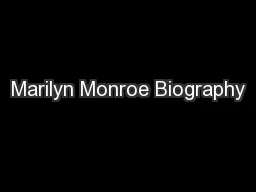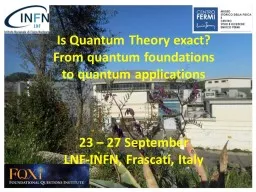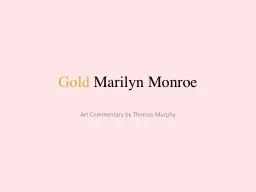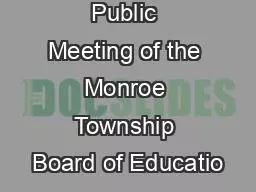PPT-Quantum Computer Chris Monroe
Author : iris | Published Date : 2023-09-25
University of Maryland Department of Physics National Institute of Standards and Technology Hardware Theres Plenty of Room at the Bottom 1959 When we get
Presentation Embed Code
Download Presentation
Download Presentation The PPT/PDF document "Quantum Computer Chris Monroe" is the property of its rightful owner. Permission is granted to download and print the materials on this website for personal, non-commercial use only, and to display it on your personal computer provided you do not modify the materials and that you retain all copyright notices contained in the materials. By downloading content from our website, you accept the terms of this agreement.
Quantum Computer Chris Monroe: Transcript
Download Rules Of Document
"Quantum Computer Chris Monroe"The content belongs to its owner. You may download and print it for personal use, without modification, and keep all copyright notices. By downloading, you agree to these terms.
Related Documents

